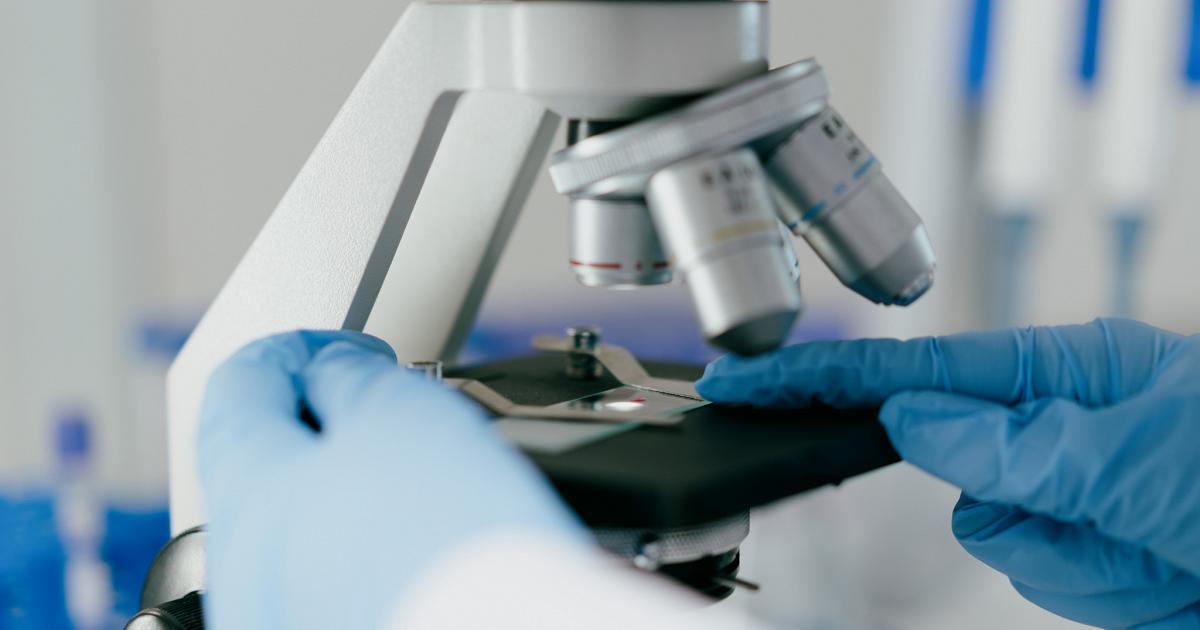The cause of the very rare genetic disease that struck little Beatrice Naso has been identifiedwho died at the age of 8, in February 2018, due to a disease that didn’t even have a name and that transformed cartilage into bone, making movement progressively impossible, to the point that her body had become armor.
Now the mystery of that rare pathology, for which the press spoke of ‘stone girl’, the only case in the world, was revealed thanks to an international study, led by the University of Pavia and published in ‘Nature Communication’, which identified the cause of the syndrome in a unique chromosomal anomaly: the ARHGAP36 gene produces a protein in much higher than expected, but above all in the wrong tissue, the cartilage. This very gene induces the formation of bone tissue where it should not be present.
Newborn in hospital
The story of Beatrice Naso
In 2010 – reconstructs a note – Bea is visited at the Regina Margherita children’s hospital of the Città della Salute in Turin because she has swelling in the joints. X-rays and CT scans quickly reveal a very particular situation, a series of ‘calcifications’ that are transforming the cartilage into bone. And soon the joints lock up making arm and leg movements impossible. Radiological examinations show an increasingly serious picture and are disconcerting even for the most experienced doctors: no specialist has ever seen a case like Bea’s in the world.
The family creates a non-profit organization, works to make the case known and the aunt publishes ‘Light as a feather – Bea’s world’ to make the disease known. The media are interested in the case and Bea is known by many people who accompany the family in the long path of the child’s illness.
13 years of research
After 13 years and hundreds of experiments, an international group of researcherscoordinated by Elisa Giorgio, researcher at the University of Pavia and at the Mondino Irccs Foundation, managed to identify the cause of Bea’s illnessclarifying how this is not only a very rare genetic pathology, but simply unique.
The research began through the collaboration between the pediatricians who initially investigated the clinical picture, the laboratory of medical genetics and rare diseases of the Città della Salute of Turin and the Department of Medical Sciences of the University of Turin. To understand the complex mechanism underlying the disease, collaboration with various Italian and foreign centers was necessary: the Bambino Gesù pediatric hospital in Rome, the University of Verona, the University of Lubeck and Kiel, in Germany.
Known causes of genetic disorders associated with ectopic calcifications were initially investigated. Bea’s disease had many similarities with fibrodysplasia ossificans progressive (Fop), but it presented itself in the first weeks of life with a very rapid and disabling evolution and genetic analyzes had immediately excluded this disease.
 (Ansa)
(Ansa) Regina Margherita hospital in Turin
Meanwhile the research team had identified a unique chromosomal abnormality, never described in the literature, characterized by the presence of a double segment of chromosome 2, inserted on the X chromosome of the girl. This chromosome abnormality—the insertion of one region of one chromosome onto another—can lead to altered gene expression.
The research activity made it possible to understand that the extra piece of chromosome 2 contained regions capable of activating genes on the X chromosome in the wrong tissues. In particular, it has been shown that the ARHGAP36 gene produces a protein in much higher quantities than expected, but especially in the wrong tissue, the cartilage. This very gene induces the formation of bone tissue where it should not be present.
“Research takes time and is built on the knowledge that scientists gradually accumulate. In 2010 we did not have the technological means or the basic knowledge to understand Bea’s disease”, he comments Elise George. By studying rare diseases like Bea’s, scientists can find pathways and mechanisms that may also be involved in more common diseases. The study identifies an ARHGAP36 gene as implicated in bone formation, an information altogether unknown until now. And by studying this gene and its function, it’s possible that we’ll better understand bone disease in the general population. At the moment it is too early to think about a practical use of the research conducted, but the scholars involved – concludes the note – are enthusiastic about having contributed to solving one of the most mysterious cases of rare disease.
